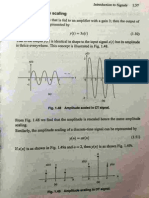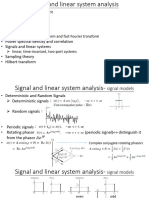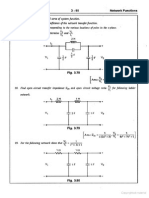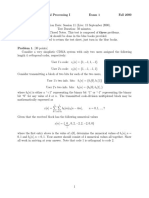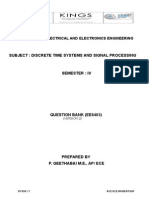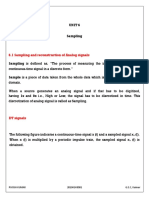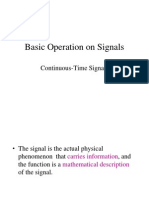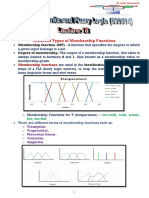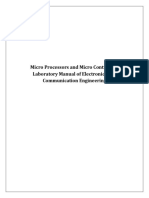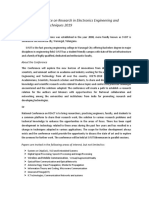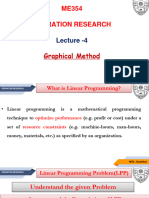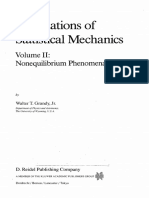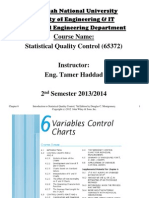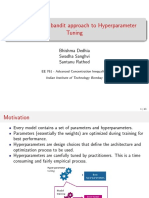0% found this document useful (0 votes)
1K views85 pagesSignals and Systems For Signals and Systems For
The document is a lecture on signals and systems by Dr. N. Balaji. It covers classification of signals and systems, continuous and discrete time signals, linear time-invariant systems, and properties of unit impulse, unit step, unit ramp, sinusoidal and exponential signals. It discusses topics like causality, stability, impulse response, and convolution in relation to linear systems. It also provides examples and problems related to various signal and system concepts.
Uploaded by
ashok1683Copyright
© © All Rights Reserved
We take content rights seriously. If you suspect this is your content, claim it here.
Available Formats
Download as PDF, TXT or read online on Scribd
0% found this document useful (0 votes)
1K views85 pagesSignals and Systems For Signals and Systems For
The document is a lecture on signals and systems by Dr. N. Balaji. It covers classification of signals and systems, continuous and discrete time signals, linear time-invariant systems, and properties of unit impulse, unit step, unit ramp, sinusoidal and exponential signals. It discusses topics like causality, stability, impulse response, and convolution in relation to linear systems. It also provides examples and problems related to various signal and system concepts.
Uploaded by
ashok1683Copyright
© © All Rights Reserved
We take content rights seriously. If you suspect this is your content, claim it here.
Available Formats
Download as PDF, TXT or read online on Scribd
/ 85











